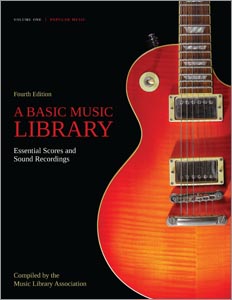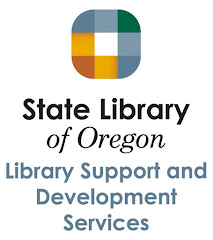Weisburg, Hilda K. Leading for School Librarians: There Is No Other Option. ALA Neal-Schuman, 2017.
ISBN: 978-0-8389-1510-3
ISBN: 978-0-8389-1510-3
Publisher's Description
With the recent passage of the Every Student Succeeds Act (ESSA), school libraries are poised for a potential turnaround. But there’s only one way forward: school librarians must become leaders, fully interwoven into the fabric of the educational community. And to become a truly effective leader you’ve got to have a plan. In her new book, Weisburg builds on her decades of experience and mentorship in school libraries to offer a carefully crafted roadmap that guides readers step by step through the process of transforming into a leader, from becoming aware of what’s at stake to learning and mastering the necessary skills for leadership. Using a pragmatic approach that acknowledges the challenges to come while also offering unabashed inspiration, this book
- incorporates first-hand understanding of the dynamics of the educational environment, from the building to the district level;
- begins by addressing common fears about taking on a leadership role, and shows how to move past them and gain confidence;
- demonstrates how to build credibility among stakeholders and peers through strategic risk-taking;
- discusses ways to rely on one’s strengths to grow skills and expertise;
- explains how to know when to lead and when to manage, plus the fine art of delegation;
- gives pointers on communicating effectively, becoming visible, behaving ethically, maintaining a healthy life-work balance, and other important career issues; and
- shows readers what it takes to move onto a larger stage and become a local educational leader who also has a presence on the state and national level.








